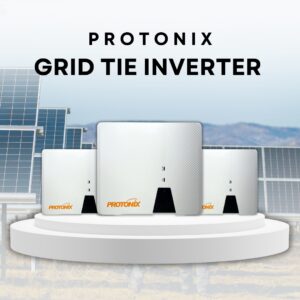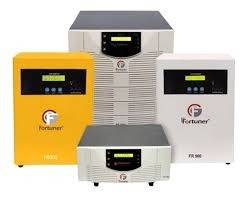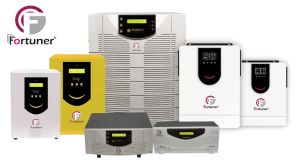Solar powered products will drive NetZero target for India
As India looks to generate alternative sources of energy and reduce dependency on coal to achieve its net-zero emissions by 2070 and achieving non-fossil fuel energy capacity of 500 gigawatts, 50% energy requirements from renewable sources, reducing total projected carbon emissions by 1 billion tonnes and reducing the carbon intensity of the economy to less than 45% by 2030, it is pertinent that Solar energy is tapped and used most efficiently and widely.
According to Council on Energy, Environment and Water (CEEW), for India to reach its bold target of having net-zero emissions by 2070, the country’s solar power capacity would have to rise to over 5,600 GW, coal use particularly in the power sector will have to drop by 99 per cent by 2060 and crude oil would need to peak by 2050 and fall substantially by 90 per cent in the two decades thereafter.
Unfortunately, India has failed to meet the projected target to produce 20 GW of solar power by 2020. In such a scenario, the smaller private applications like solar powered products are not only adding value to sustainability, but also helping India to meet its NetZero target, it promised at COP26.
In tandem with the global requirement, the netizens of India are also having increased awareness with a data generated by search engine JustDial showing the demand for solar equipment rising by 14% last month on a year-on-year basis. During the same period, demand in tier-1 cities rose by 13% and tier-II by 11%. The two most searched solar equipment were solar panels and geysers while solar lights, inverters, and fences made the top-5 most searched solar products in the country. Delhi, Bengaluru, and Pune were the top three in terms of the adoption of solar energy.
In keeping with the trend that private consumption of solar powered products is going to lead the market, the PM-KUSUM (Pradhan Mantri Kisan Urja Suraksha evam Utthaan Mahabhiyan) scheme aimed at rural India saw an increase of allotment to off-grid solar power consumption including solar lanterns, street lighting systems and solar water pumps from Rs 700 crore to Rs 776 crore in 2021-’22, thus creating a stable market for solar products in the country.
Have Any Question?
Get clarity, fast. We’re here to answer your questions and address any concerns.
- +91-8126919394
- info@fortuners.net








